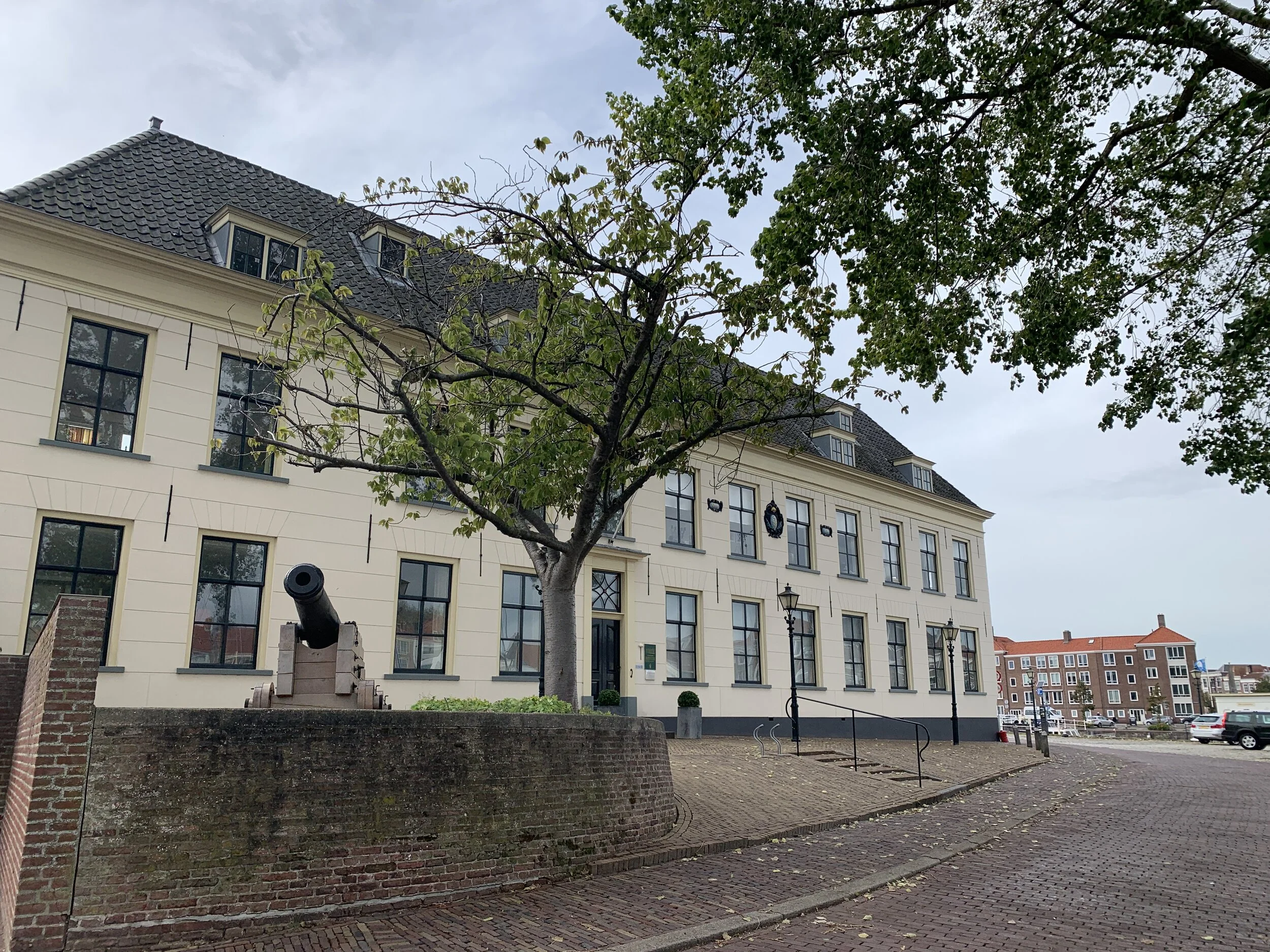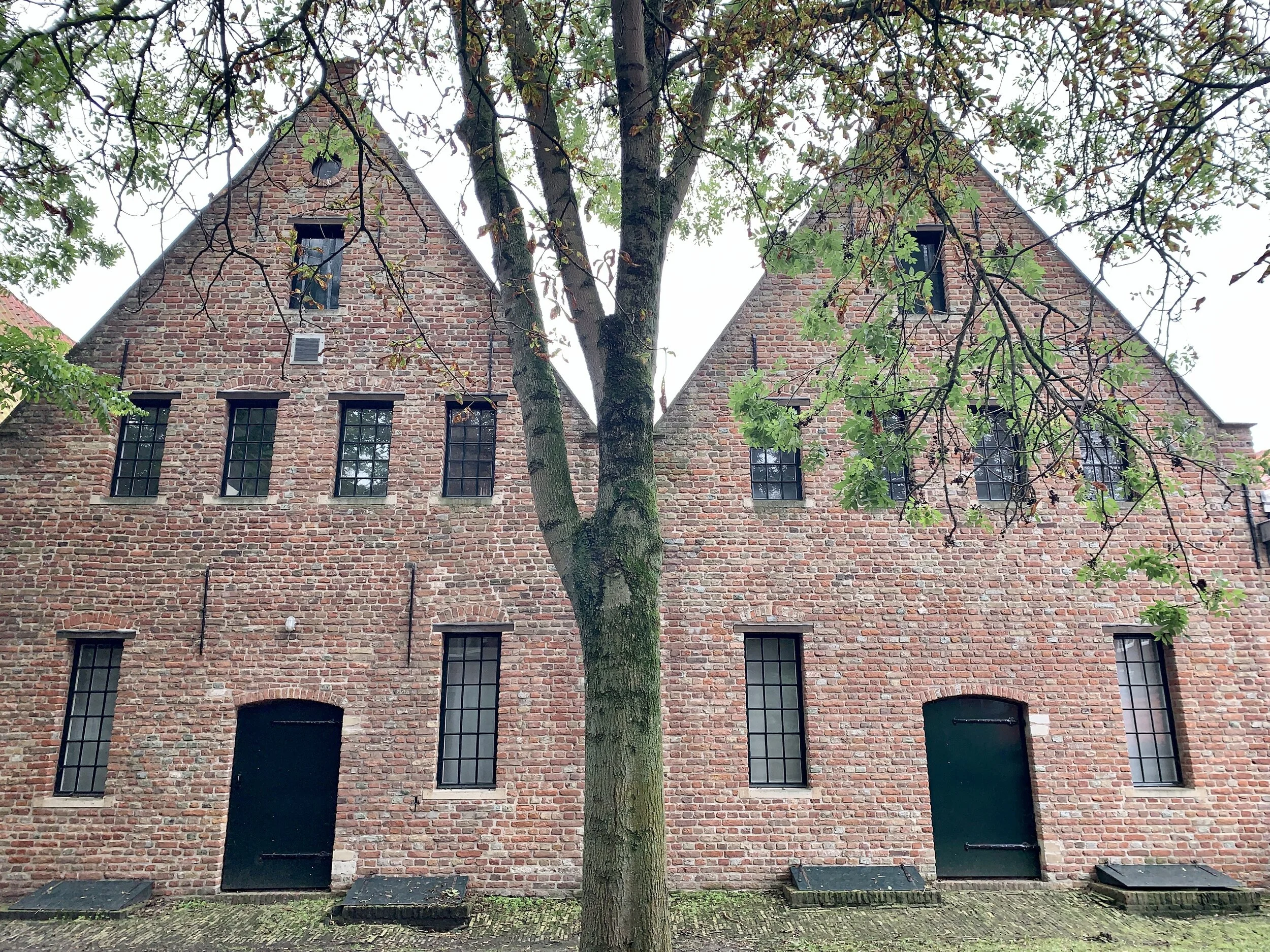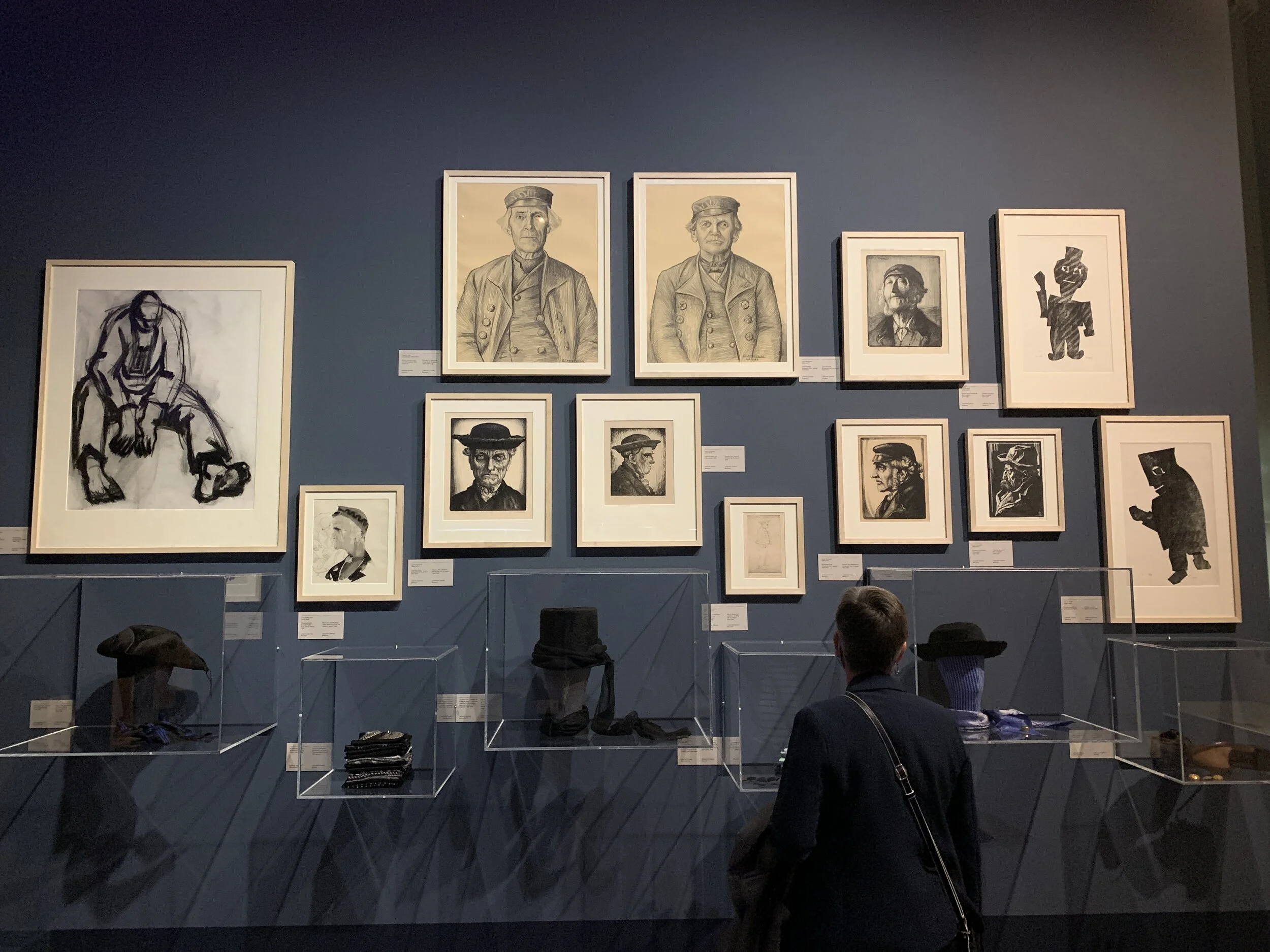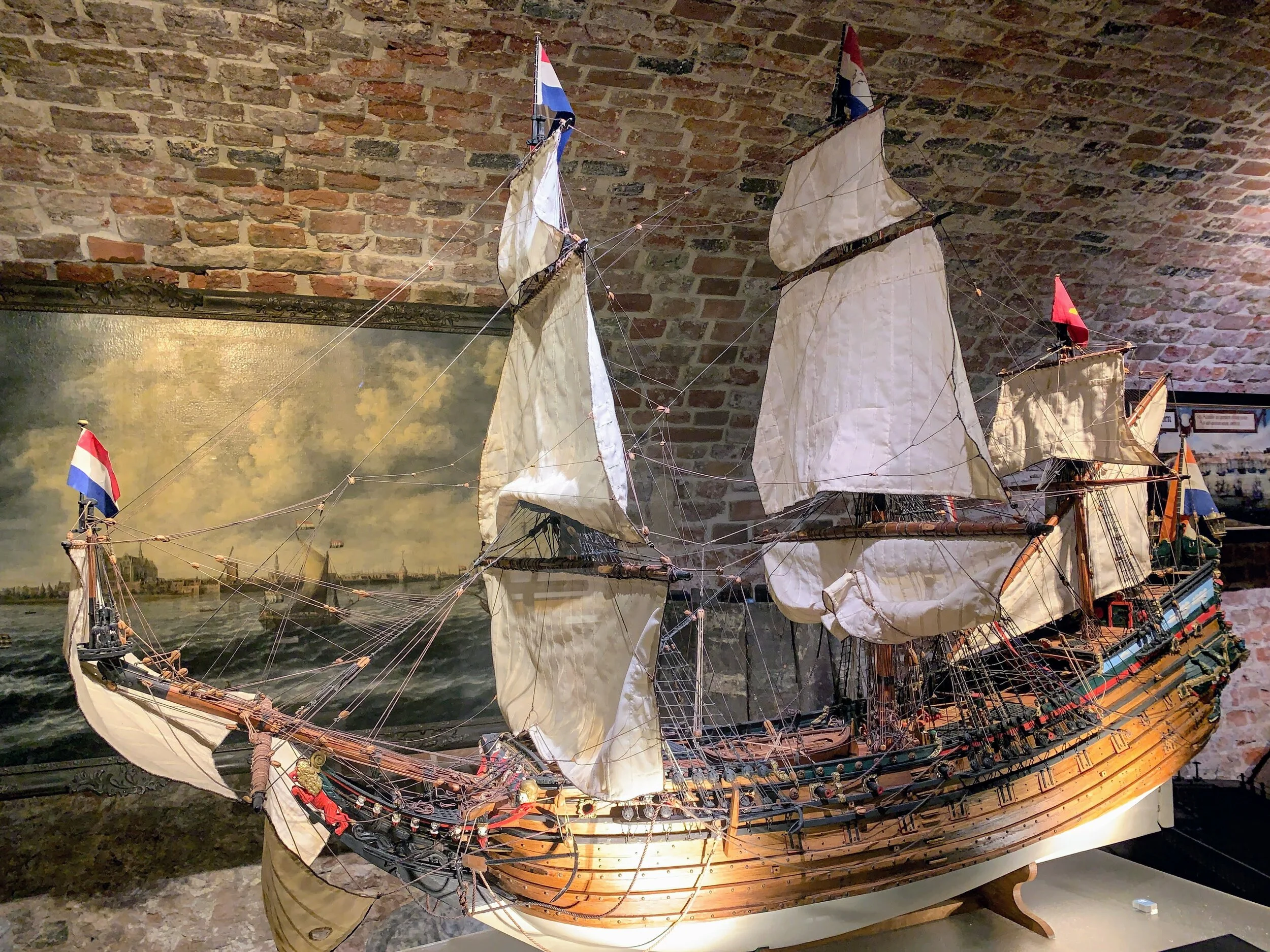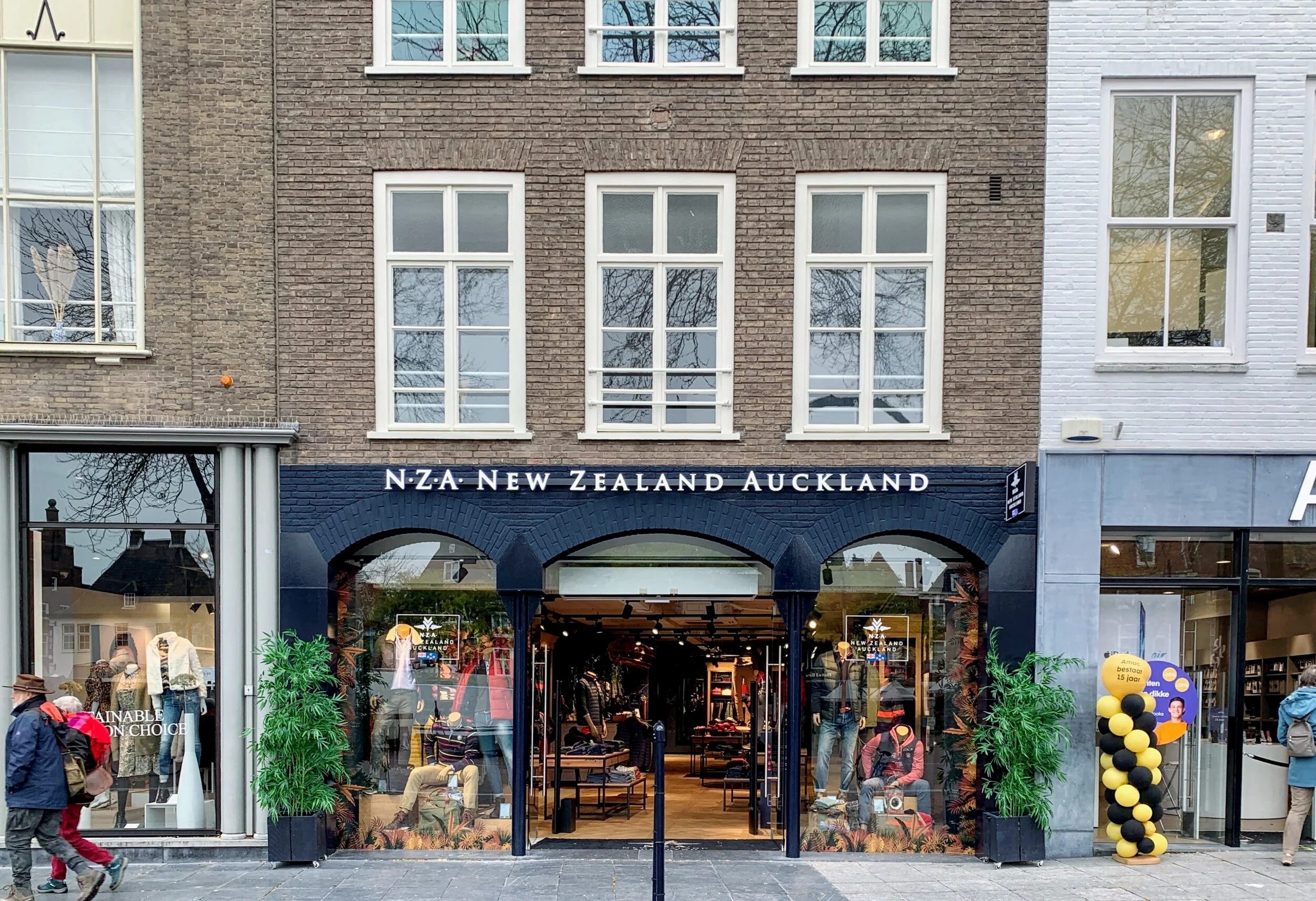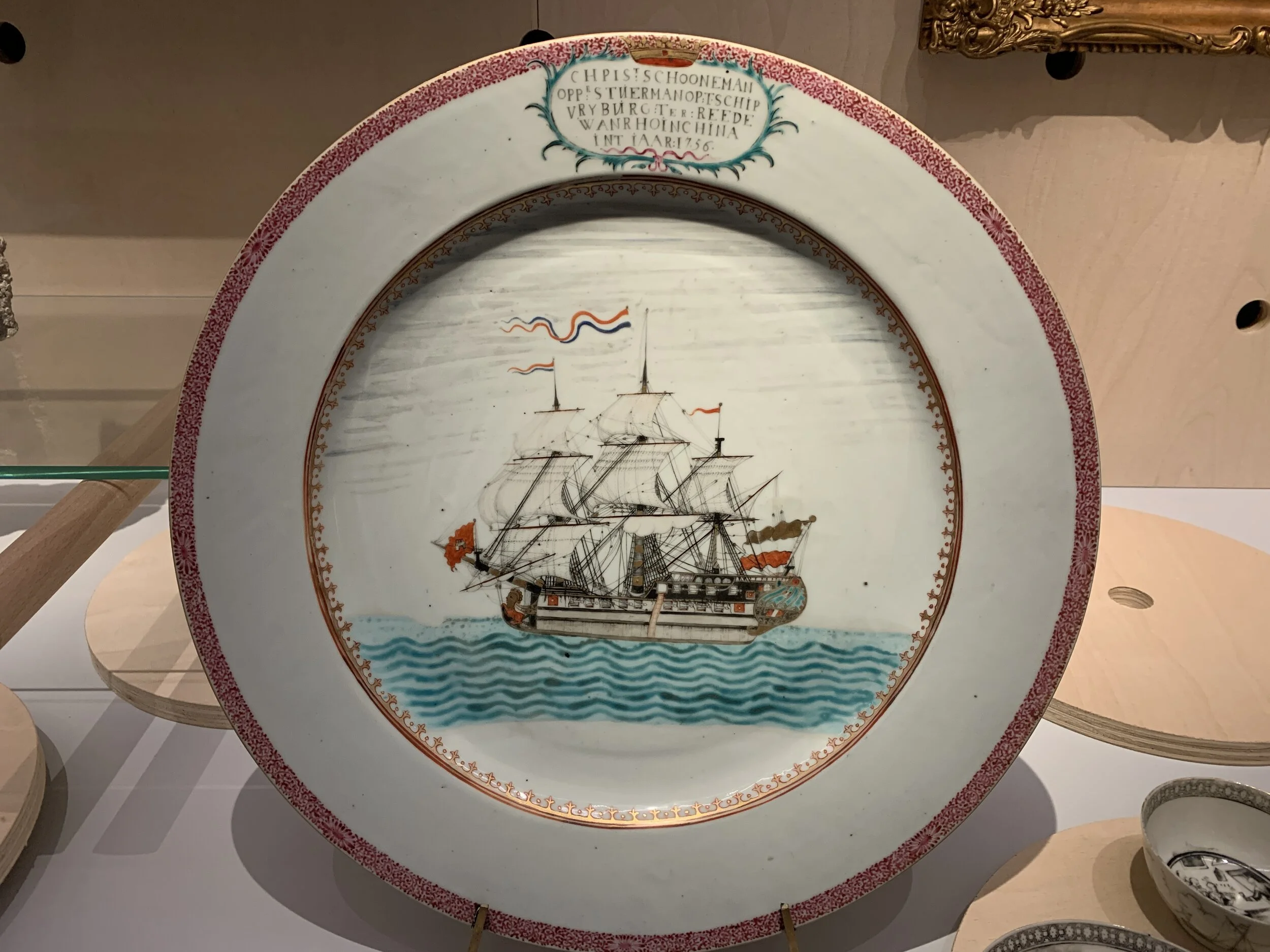Old Zeeland
Say-land is how it sounds in Dutch. A province of islands and peninsulas on the south-west coast of The Netherlands. The upper Scheldt. Three hours south of Amsterdam by car or train. New Zealand was named after this place.
The coastline shifts, in danger of being swallowed by the ocean. Grey winter skies glow with the reflected light of the sea all around. Like most Kiwis, Zeeland was a place I knew nothing about. Do Zeelanders know anything of us? I went to Zeeland to find out. Also, the oyster season had just started.
Zeeland’s wharves are extensive and well-kept. In the distance cargo ships go by. In the 17th century, it was from wharves like these that many Dutch privateers set out. Abel Tasman was one such merchant-explorer. In 1642 he recorded sighting in the South Pacific ‘a large land, uplifted high’. He called it Staten Island, believing it still to be a great southern territory connected to South America. He did not set foot on, or circumnavigate, the country. The ship drawings show peaks and mountains of the West Coast likely to be the Paparoa Range.
Zeeland, however, is as flat as a place can get. For that reason, it was a base of operations for the world’s most-efficient seafaring enterprise, the Dutch East India Company, the administration behind Tasman’s expedition.
This was an age of state-sponsored, trans-national discovery. Dutch ships were three-sheeted and bulged at the sides; their top decks were taxed by the metre. Whoever spotted land got double rations and pay.
The Netherlands was a hub of data, as well as trade. The race to update nautical charts was intense. Each new published map represented the latest achievement in the science of measuring the globe. Australia had been named New Holland, for the East India company’s offices in the north. It was company director and mapmaker Joan Blaeu who first added ‘Zeelandia Nova’ to a 1644 world map, acknowledging the Dutch company’s southern base. It was Captain Cook, a century later, who would circumnavigate the islands and anglicise the name.
Today, Zeeland is to Holland what New Zealand is to Australia. The towns are quiet, safe, picturesque. Even during a pandemic. The endless coastlines are perfect for hiking and windsurfing. The islands are connected by massive delta works and rows of wind turbines. Farms and beaches nearby supply towns dotted with Michelin-starred restaurants. Oysters are farmed in the northeast inlet of Yeserke. You can taste-test them against Irish Mór, Portguese and French with a local beer or glass of Picpoul de Pinet. It’s a family business. Tourism is an essential nuisance.
Middelburg, the capital of Zeeland, is known for its butterscotch candy and seventeenth-century guild houses that look like a Harry Potter village. There’s a panorama, minigolf and a miniature town with recreations of historical events. Small sailboats line the canals. For the Dutch, this is a quiet, weekend holiday spot and I feel a bit like I’m intruding.
Zeeland has been the site of battles against the French, the Germans, and allied troops who cleared the area after WW2. Significant damage left only a quarter of Middleburg standing, but the East India Company buildings are still there. A cannon faces the harbour. On the back of the building is a recent glass conservatory. It looks like apartments now.
*
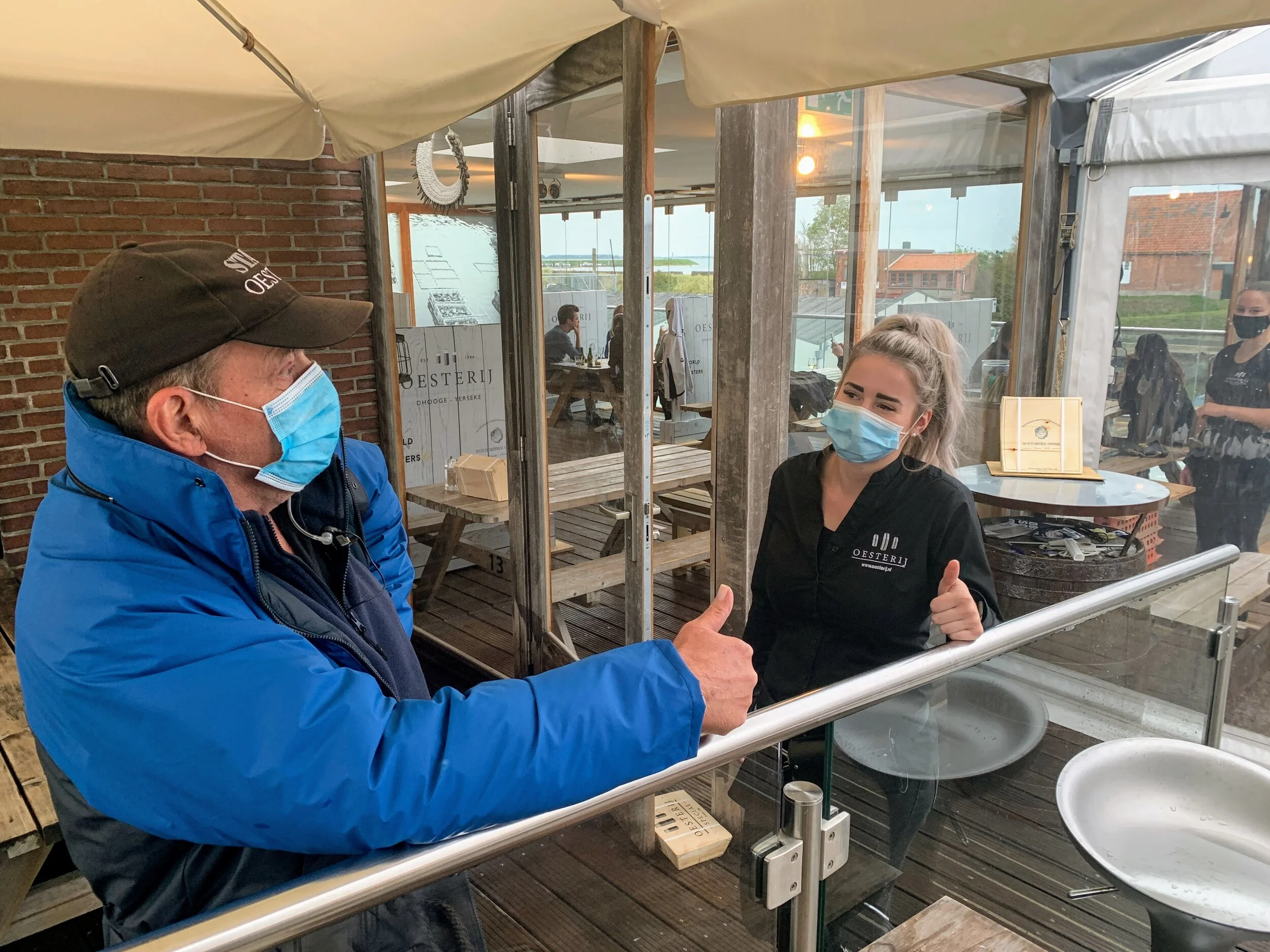
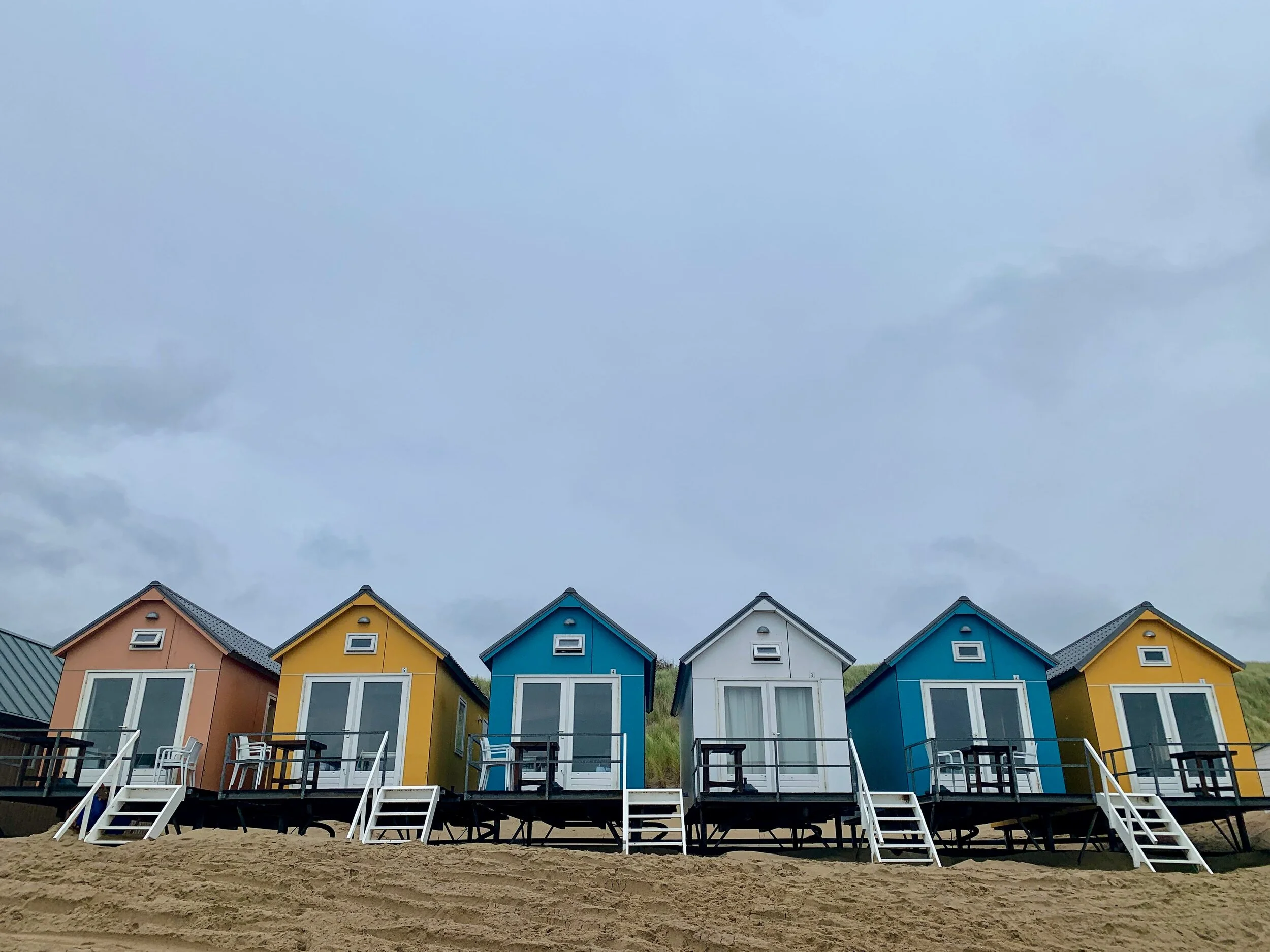
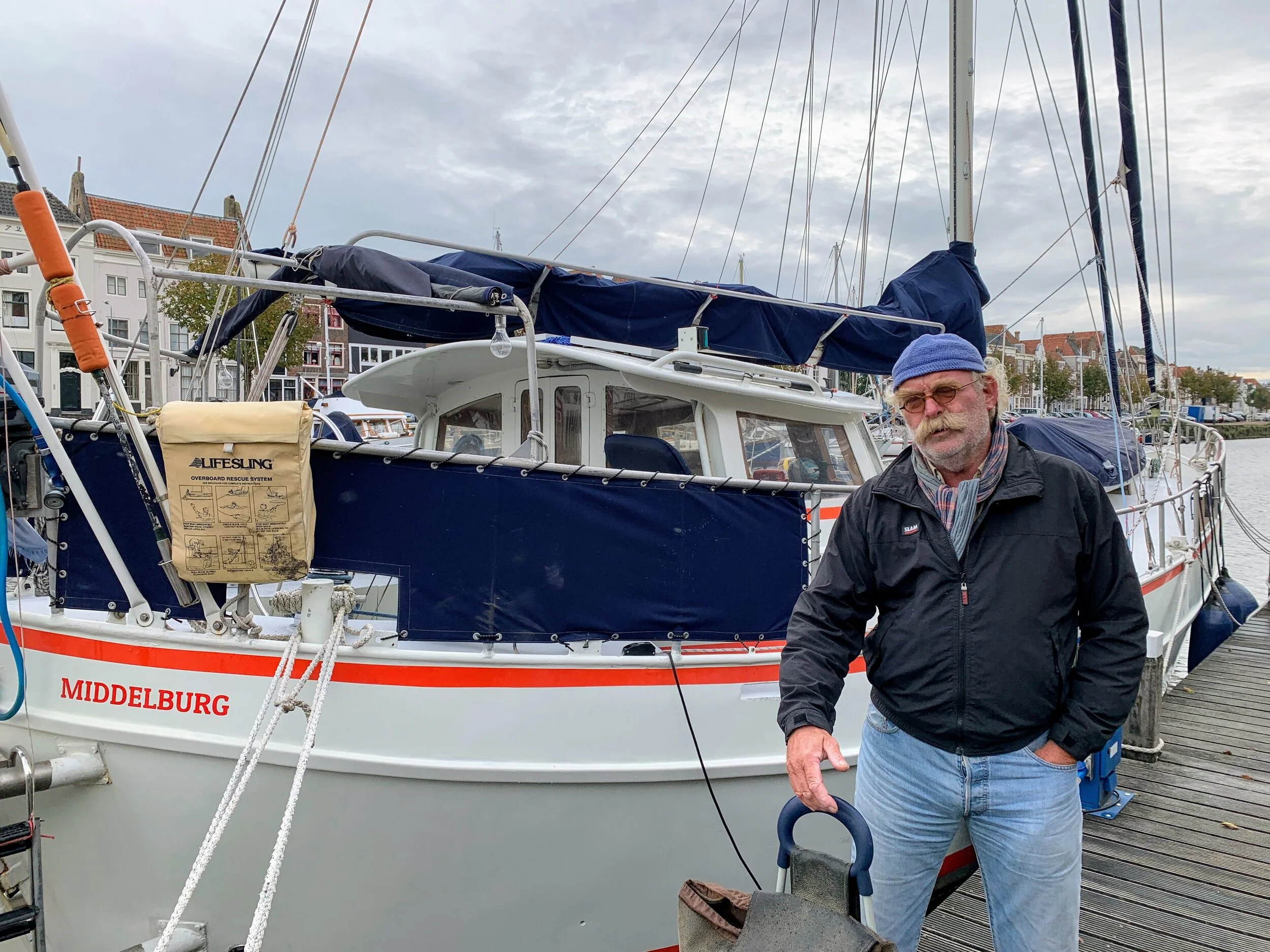
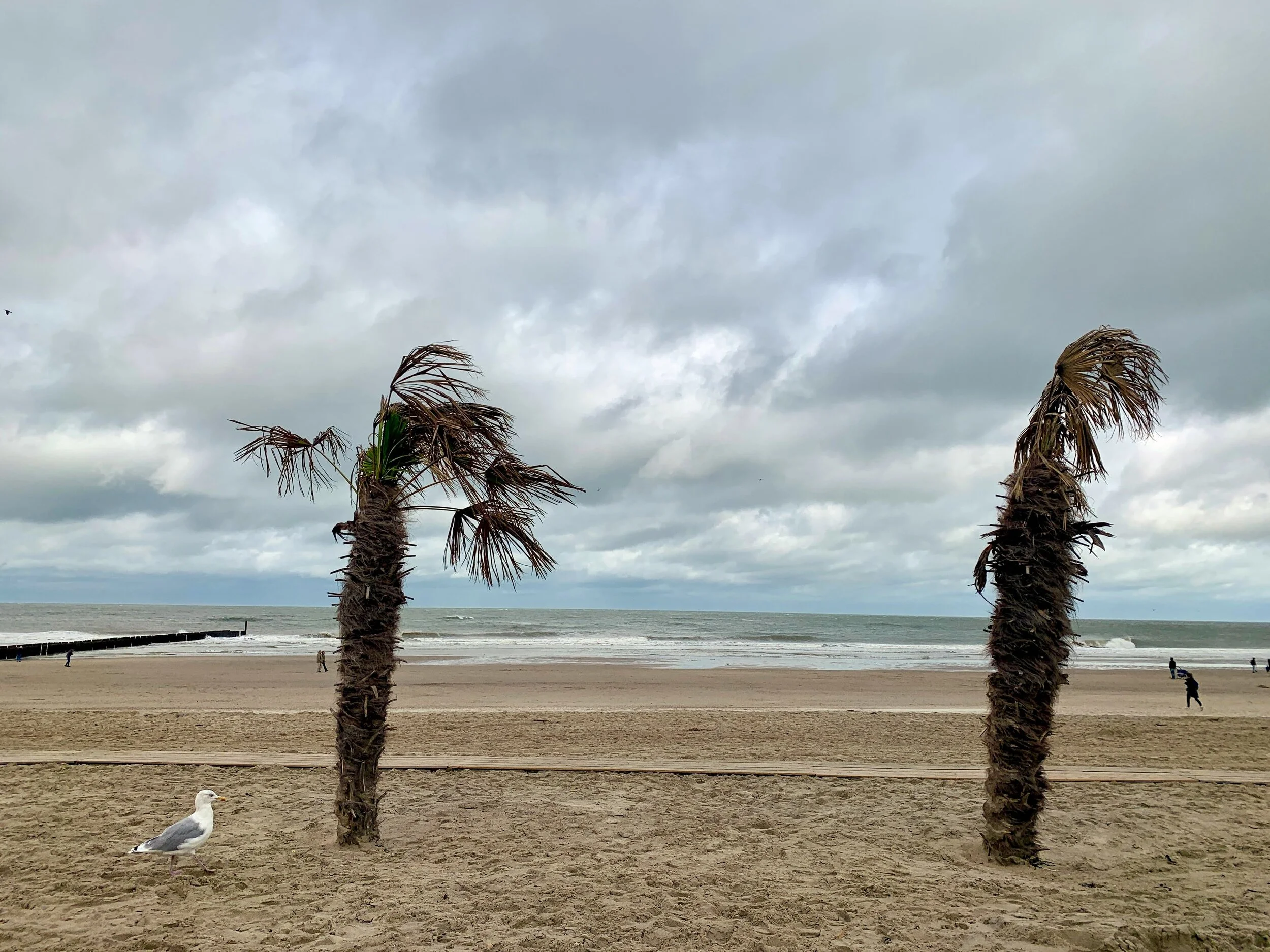
Everybody I talk to knows at least one thing about New Zealand, although its accuracy can’t always be guaranteed.
‘Well, we discovered it.’
(I didn’t correct that.)
‘Ah beautiful. So beautiful.’
‘Did you hear about those German sailors down there?’
Several people exclaim ‘Ah! America’s Cup!’
‘If you go straight through the planet, that’s where New Zealand is.’
(That’s southern Spain, though I had to check.)
Someone says ‘They name landfall after the port they set out from.’
(In fact, Tasman set out from Jakarta in Indonesia. His ships, the Heemskerck and Zeehaen were built in Leeden.)
‘It’s all just luxury yachts now.’
There’s a hint of reservation when I mention the East India Company. While Tasman explored the Pacific, the West India Company perpetuated the forced labour and movement of Africans to the Americas. The Netherlands was the last place in Europe to abolish slavery. My curiosity is taking me into some awkward territory.
The Zeeuws Museum is open, with restricted numbers, to view sea battle tapestries, contemporary photography and traditional Zeeland clothing. The museum gift shop sells East India Company copper pennies for thirteen euros each. About twenty New Zealand dollars. I want a souvenir, but can’t quite bring myself to buy one.
The third floor displays Wunderkammer - Cabinets of Curiosities. The rich collections are spectacular to see. But vitrines of turtle skeletons, native headdresses, a mummy, and bird eggs from across the world bring to mind last month’s committee report by the Dutch Council of Culture advising the government to return many museum artworks deemed ‘looted’.
Last year, Amsterdam’s Hermitage Museum cancelled its use of the term ‘Golden Age’ to refer to Dutch 17th century advancements, noting that it obscured the country’s economic entanglement with the slave trade. Directors of the Rijksmuseum and Tropenmuseum in Amsterdam support claims for restitution where ‘involuntary loss’ is identified.
I learn that each year, the Roosevelt Foundation in Middelburg assists in awarding the Four Freedoms Awards. These go to individuals and organisations around the world who have done the most for freedom of speech and expression, freedom of worship, freedom from want and freedom from fear. People are talking about a Dutch podcast called The Plantation of our Ancestors—a frank conversation between the descendants of a slave-owner and a slave. This month in Middleburg is Black Achievement Month. You can take a two-hour walking tour of the city’s slaving past.
The Zeelanders I meet are generous with their time. Direct, kind and logical to a fault. (An hour before a cafe closes I grab a hot drink. ‘I won’t be long,’ I say. ‘You can’t be long. We close soon,’ I am informed.) My landlady recommends going south to Vlissigingen’s maritime museum. She also explains to me how to use the door key three times.
In Vlissingen the MuSEEum notes: ‘Zeelanders were notorious; as privateers, slave traders and fierce opponents. They were the terror of the seas.’ Part of the museum was once the house of a successful East India Company merchant. From the top floor is a wooden tower you can enter at your own risk. Through the small windows I see the town and the wharves where the ships came in. A round table is in the middle of the room. Goods were sold in advance in secret. People shook hands sub rosa - under the wooden rose carved into the roof.
There’s something jewel-like about the historical moment in which Zeeland’s name was passed, during the belle époque of European global navigation. But the shared name seems to owe most to administration. And the reality is, Tasman wasn’t the first person on Te Wai Pounamu or Aotearoa. Far from it. He was an accomplished captain but his encounters with Ngāti Tūmatakōkiri were unwelcome and violent. His lack of investigation was a cause for criticism from his employers.
The connection between New Zealand and Zeeland has some substance, but it’s light. Unfixed. That the Dutch province of Zeeland should also have a constantly shifting coastline, naturally undefined, rising and sinking from the sea, seems historically and poetically fitting. Being here feels a bit like a journey without a destination.
Opposite the 15th century town hall in Middleburg’s square is an outdoor clothing store called New Zealand Auckland. It catches me off guard. They sell a windbreaker called the Kahurangi, a jacket called the Waianakarua, and a puffer vest called the Masterton. Something I never thought the world needed. The staff explain the premise: ‘What would you say to five young people? Where would you go? New Zealand of course! It’s far off. Adventurous. Exotic. Like Patagonia or Kathmandu. It’s an inspirational name.’
